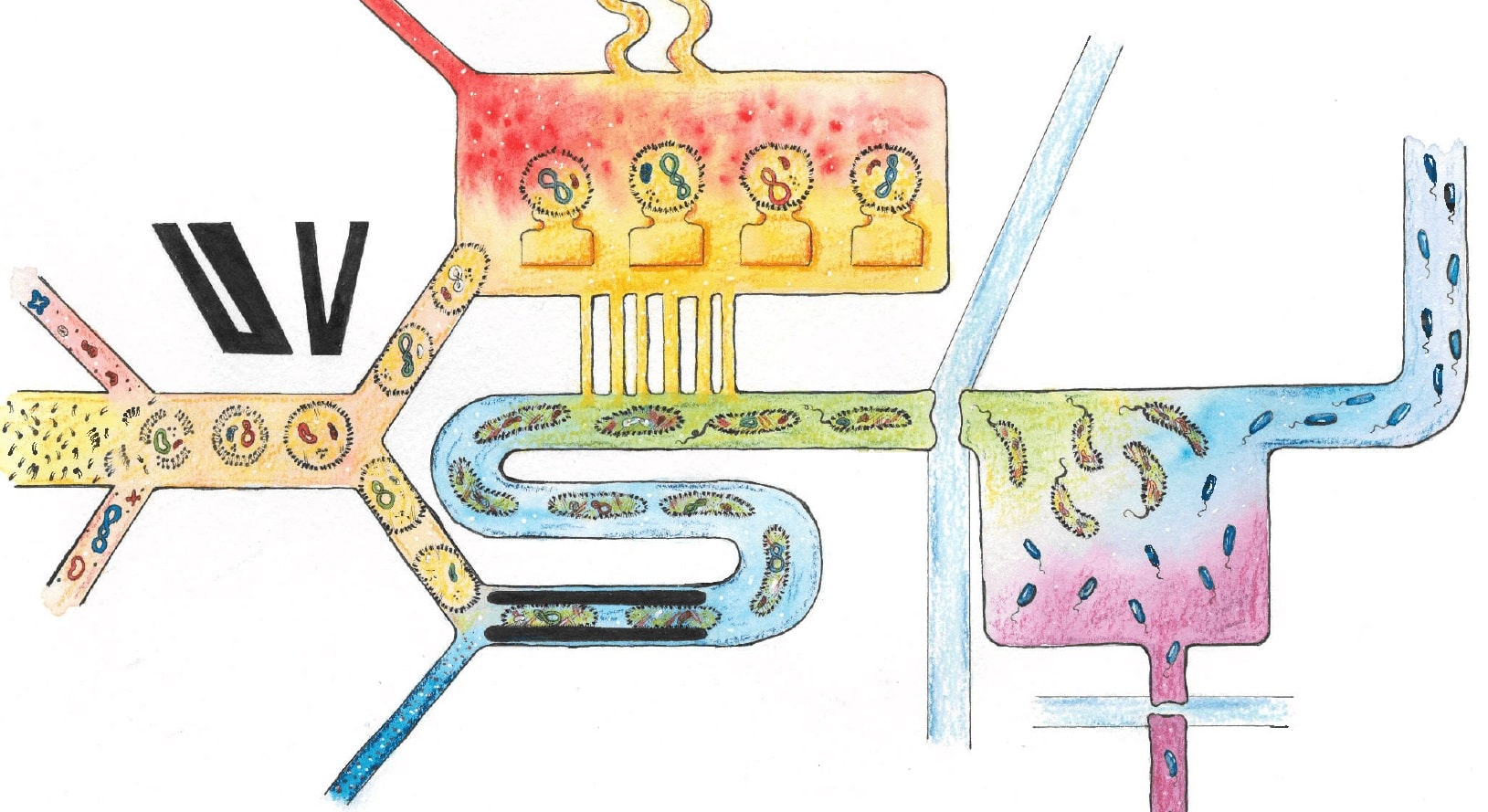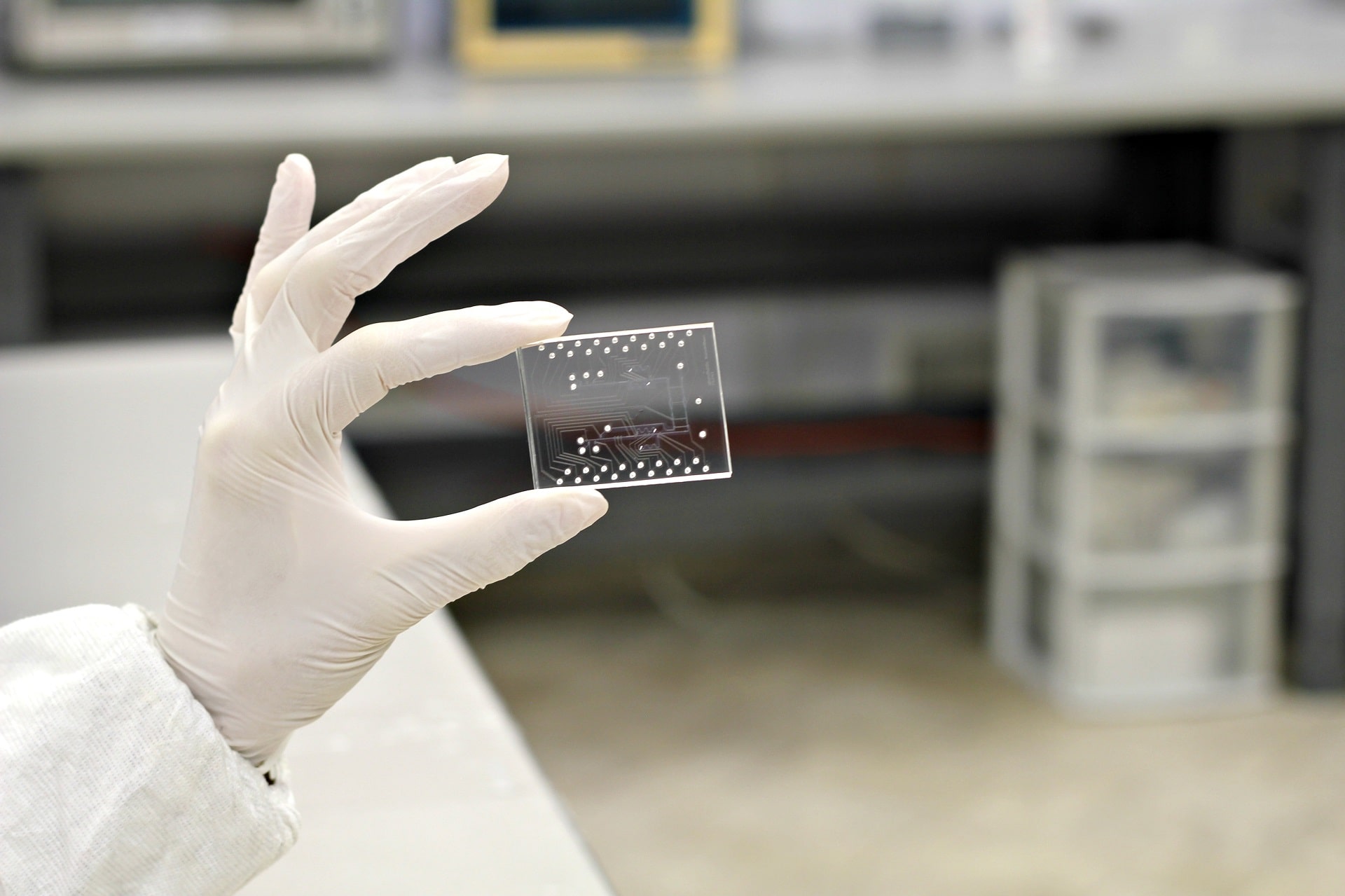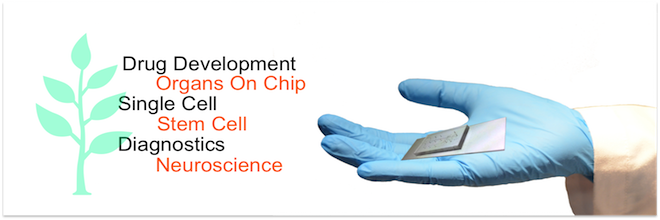
Taking live cells apart and reassembling individual components that are responsible for specific cellular processes helps scientists to not only understand the fundamentals of how cells can survive in given…

Taking live cells apart and reassembling individual components that are responsible for specific cellular processes helps scientists to not only understand the fundamentals of how cells can survive in given…

Soft robotics is a growing field, especially for soft robots mimicking simple living organisms and the so-called Bio-bots1. These Bio-bots combine soft-materials (skeleton) with muscle cells, (muscle or motor) and…

For over three decades, a revolutionary impact of microfluidic technology on science and industrial applications has been envisioned; however, such predictions have not been met regardless of a large number…

Harnessing the potential of microfluidics applications is underway in every corner of the globe, and stretching out to deep space as well. In Japan, cancer researchers are building microfluidic chip…

In conventional laboratories, a range of available technologies enables scientists to genetically engineer cells, study their migration patterns, determine their mechanical properties and even analyze genetic differences. Nevertheless, protocols for…

Science and technology are becoming more democratized, and more a part of public debate. At the same time, there is great distrust towards advanced biomedical and life sciences technology1. Public…

In the past decade, technology advances have focused on generating comfort for a few. However, academics and entrepreneurs are shifting the luxury trend in order to serve society as a…